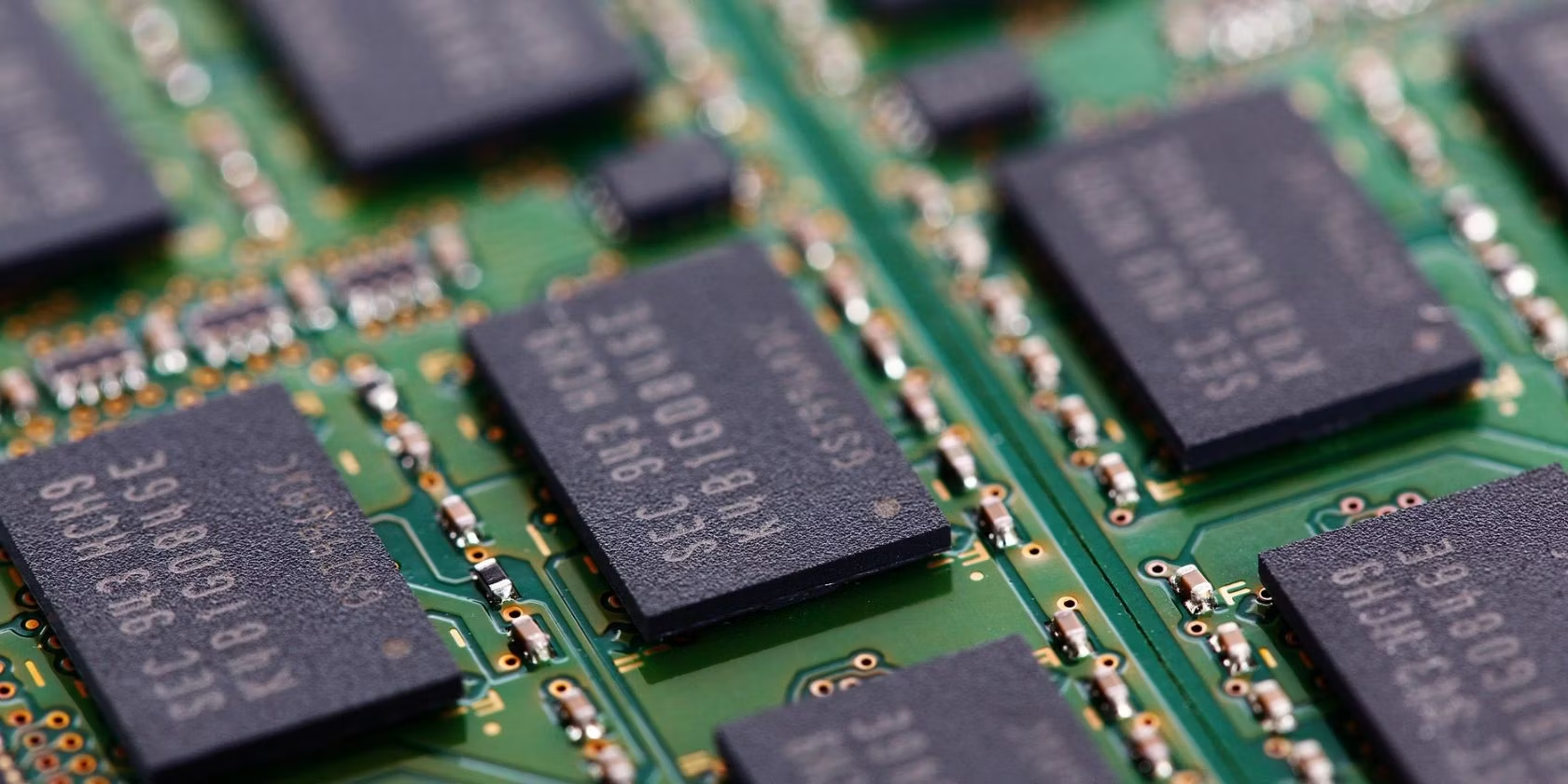Table of Contents
Silicon storage technology represents a cornerstone of modern computing, underpinning everything from consumer electronics to enterprise-level data centers. This expansive field encompasses various storage devices and methods that utilize silicon-based materials to store digital data. Below, we delve into the intricacies of Silicon Storage Technology, examining its fundamental principles, types, advantages, challenges, and future prospects.
Fundamental Principles of Silicon Storage
Silicon storage technology primarily leverages the unique properties of silicon, a semiconductor material. Semiconductors have the ability to conduct electricity under certain conditions, making them ideal for creating integrated circuits and various types of memory. The core principle involves manipulating the charge within silicon-based transistors to represent binary data (0s and 1s).
Transistors The basic building blocks of silicon storage devices. Transistors can switch between states to store binary information. Each transistor can either hold a charge (representing a 1) or be devoid of charge (representing a 0).
Integrated Circuits (ICs) Silicon transistors are embedded in ICs, which are tiny chips that can contain millions of transistors. These ICs form the basis of memory devices like RAM (Random Access Memory) and ROM (Read-Only Memory).
In non-volatile memory technologies like flash memory, data is stored by trapping electrons in a floating gate within the transistor. This charge remains even when power is removed, allowing for persistent storage.
Types of Silicon Storage Technologies
Silicon storage technologies can be broadly categorized into volatile and non-volatile types, each serving different purposes within computing systems.
Volatile Memory

Dynamic Random Access Memory (DRAM) DRAM is widely used in computers and other devices for temporary data storage. It is characterized by its high speed and ability to be rewritten multiple times. However, DRAM requires a constant power supply to maintain the stored data.
Static Random Access Memory (SRAM) SRAM, though faster and more reliable than DRAM, is also more expensive. It is typically used in cache memory and high-speed applications. Like DRAM, it requires power to retain data.
Non-Volatile Memory
Flash Memory Flash memory is the most common form of non-volatile silicon storage, used in USB drives, SSDs (Solid State Drives), and memory cards. It retains data even when the power is off, making it ideal for long-term storage.
Read-Only Memory (ROM) ROM is used for storing firmware and other permanent data that does not change. Once written during the manufacturing process, the data in ROM cannot be altered.
EEPROM (Electrically Erasable Programmable Read-Only Memory) EEPROM allows data to be electrically erased and rewritten. It is used in applications where data needs to be updated periodically without requiring a complete overhaul of the memory chip.
Advantages of Silicon Storage Technology

Silicon storage technology offers numerous benefits that have driven its widespread adoption across various applications.
High Density Silicon storage can pack a large amount of data into a small physical space, enabling compact and lightweight devices.
Speed Silicon-based memory, especially volatile types like SRAM and DRAM, offers high-speed data access and processing, crucial for modern computing performance.
Reliability Non-volatile silicon storage such as flash memory provides reliable data retention over long periods, making it suitable for critical applications.
Energy Efficiency Silicon storage devices typically consume less power compared to traditional mechanical storage solutions like hard disk drives (HDDs).
Durability Without moving parts, silicon-based storage devices are more resistant to physical shocks and environmental factors, enhancing their durability.
Challenges in Silicon Storage Technology
Despite its advantages, silicon storage technology faces several challenges that necessitate ongoing research and innovation.
Scalability As data storage demands grow, scaling down silicon transistors to fit more storage capacity within the same chip area becomes increasingly difficult due to physical limitations.
Cost High-performance silicon storage, particularly volatile memory like SRAM, remains expensive to produce, impacting the overall cost of computing systems.
Heat Dissipation As transistor density increases, so does the heat generated by the devices. Effective thermal management is crucial to maintain performance and prevent damage.
Wear and Degradation Non-volatile memory like flash storage has a limited number of write/erase cycles before the cells start to degrade, which can affect long-term reliability.
Data Security Protecting data stored in silicon-based devices from unauthorized access and cyber threats is a growing concern, necessitating advanced encryption and security measures.
Future Prospects of Silicon Storage Technology

The future of Silicon Storage Technology is shaped by advancements aimed at overcoming current challenges and enhancing performance.
3D NAND Flash This technology stacks multiple layers of flash memory cells vertically, significantly increasing storage density and reducing costs. 3D NAND is poised to become the standard for high-capacity storage solutions.
New Materials and Architectures Researchers are exploring alternative materials like graphene and new memory architectures such as resistive RAM (ReRAM) and magnetoresistive RAM (MRAM) to push the boundaries of silicon storage capabilities.
Quantum Computing Quantum bits (qubits) have the potential to revolutionize data storage by allowing for massively parallel data processing and storage. Though still in experimental stages, quantum computing could redefine the future of silicon storage.
Artificial Intelligence (AI) Integration AI-driven approaches are being developed to optimize data storage management, improve error correction, and enhance security features in silicon storage devices.
Sustainability The focus on eco-friendly and energy-efficient storage solutions is growing. Innovations aimed at reducing the environmental impact of silicon storage technology will be crucial in the coming years.
Conclusion
Silicon storage technology remains a vital component of the digital age, enabling rapid advancements in computing and data management. Its evolution from basic transistor-based memory to sophisticated, high-density storage solutions highlights the ingenuity and adaptability of the technology. As we move forward, continued innovation in materials, architectures, and applications will ensure that silicon storage remains at the forefront of the data storage landscape, meeting the ever-growing demands of the modern world.
For More Information Please Visit These Websites Viprow And Xewe

